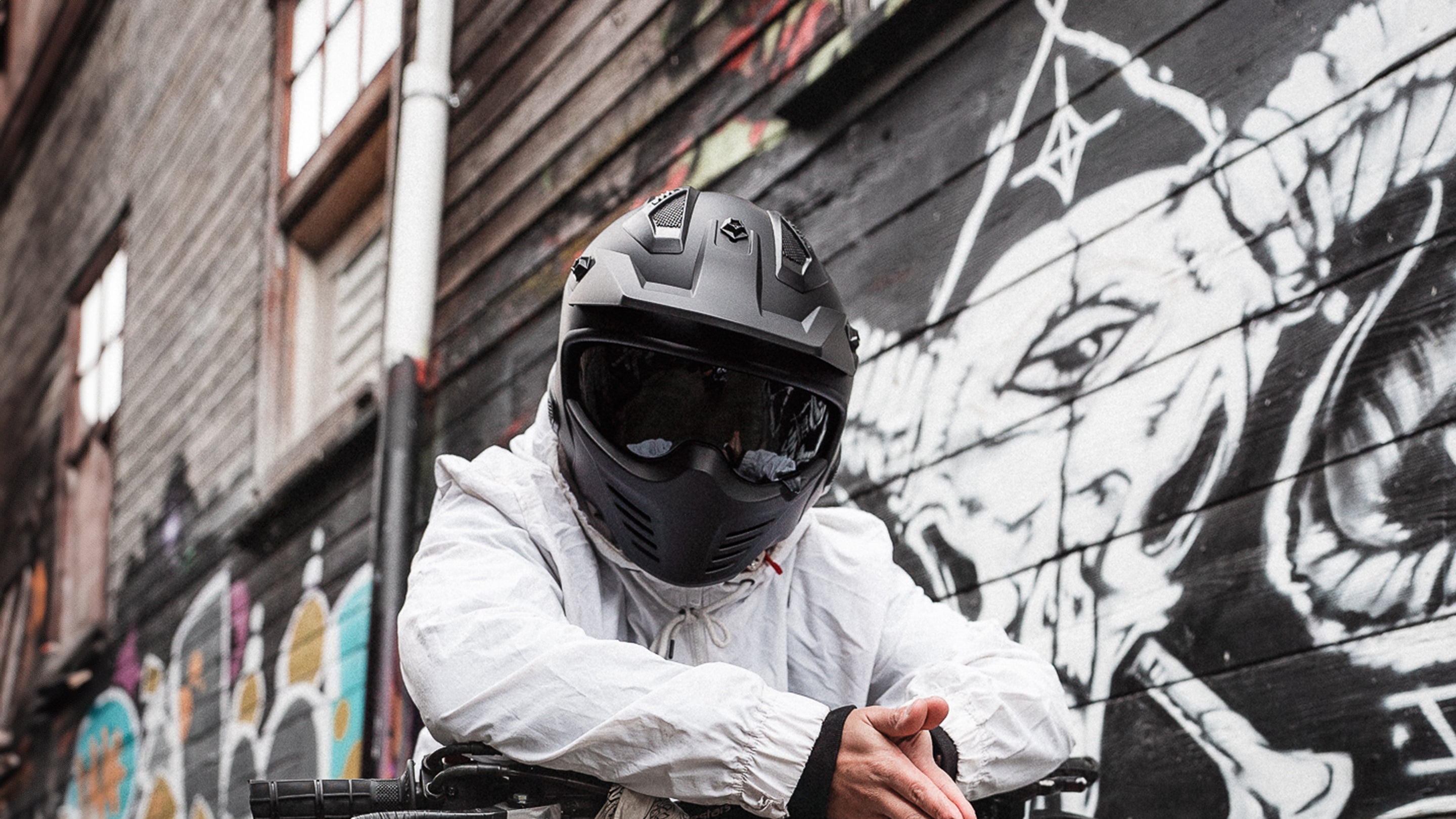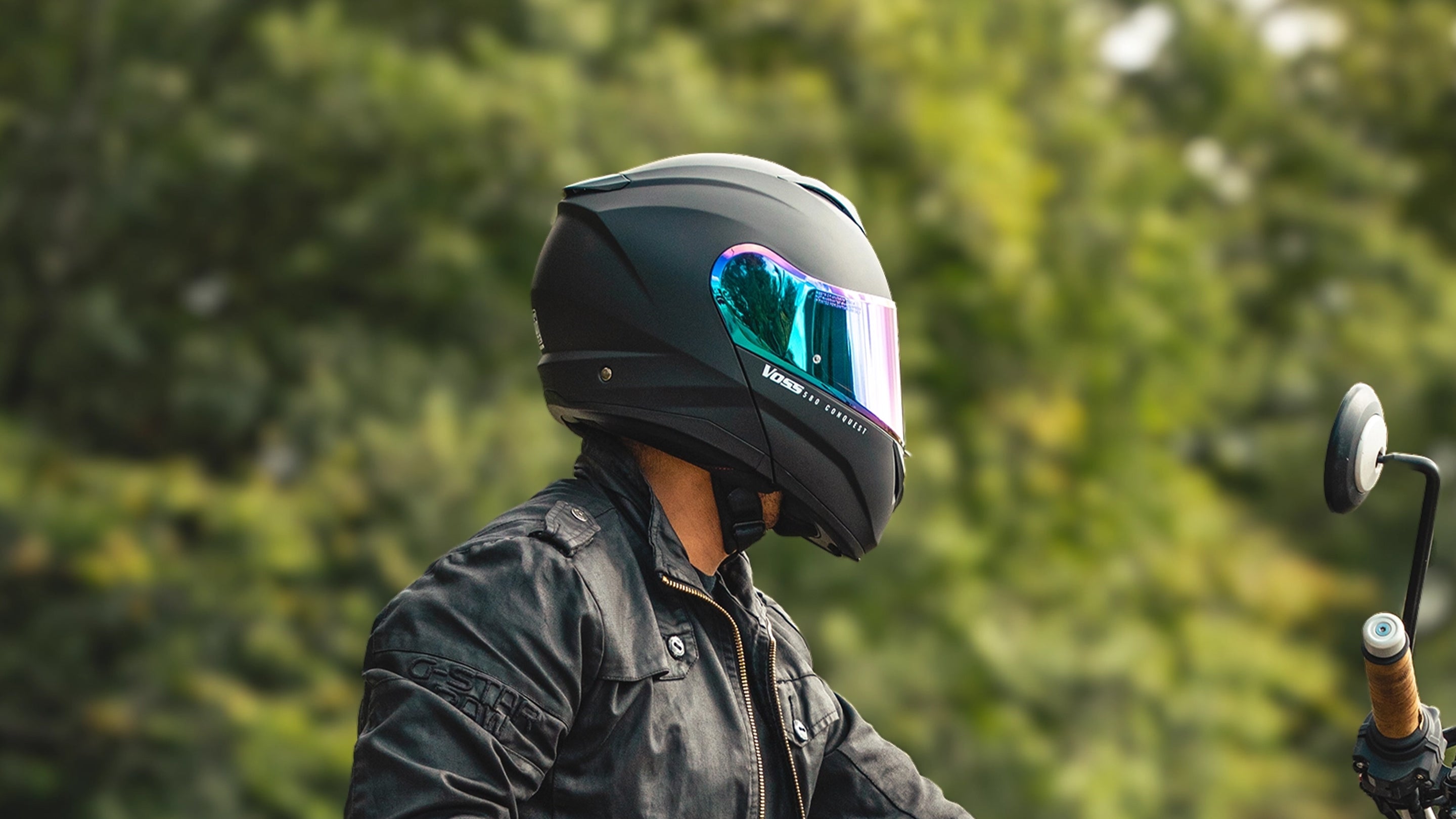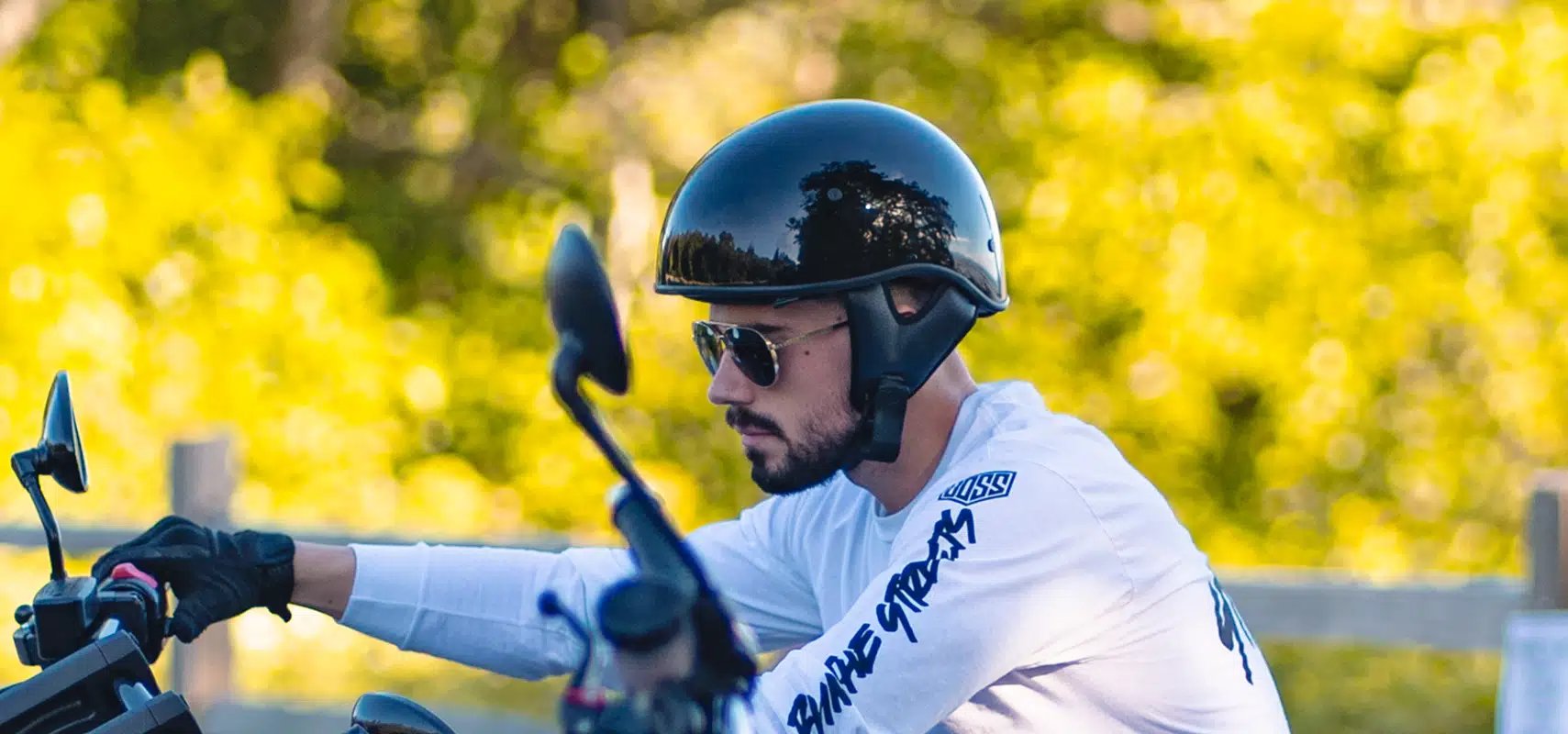La verdad sobre cómo decorar tu motocicleta tú mismo
Los entusiastas de las motocicletas saben que su moto no es solo un medio de transporte, es una extensión de su personalidad. Desde trabajos de pintura personalizados hasta accesorios únicos, la personalización es clave. En los últimos años, la rotulación de motocicletas por cuenta propia se ha convertido en una tendencia popular entre los motociclistas que buscan renovar el aspecto de su moto sin gastar mucho dinero. Pero, ¿es la rotulación por cuenta propia realmente tan sencilla como parece? Profundicemos en la verdad detrás de la rotulación de su motocicleta por cuenta propia.
¿Qué es el Wrapping de Motocicletas?
El envoltorio de motocicletas consiste en cubrir la superficie de la moto con una película fina con respaldo adhesivo. Esta película, a menudo hecha de vinilo, viene en varios colores y acabados. A diferencia de la pintura tradicional, el envoltorio permite cambios fáciles en la apariencia sin la permanencia de la pintura. Es una opción versátil para aquellos que desean mantener abiertas sus opciones .
Ventajas de envolver la motocicleta usted mismo
- Ahorro de costes: los vinilos profesionales pueden resultar caros, a veces tanto como un trabajo de pintura completo. Por otro lado, los vinilos hechos por uno mismo pueden ahorrarle una cantidad significativa de dinero, especialmente si ya cuenta con algunas de las herramientas necesarias.
- Posibilidades de personalización: con una amplia gama de colores, acabados y texturas disponibles, el envoltorio DIY ofrece infinitas posibilidades de personalización. Ya sea que desee un acabado negro mate, un aspecto de fibra de carbono o algo más vibrante, la elección es suya.
- Protección de la pintura original: envolver la motocicleta puede proteger la pintura original de rayones, rayos ultravioleta y otros elementos. Esto puede ser particularmente valioso si planea vender su motocicleta en el futuro y desea preservar su valor de reventa.
Desventajas de envolver la motocicleta por uno mismo
- Habilidad y experiencia necesarias: Decorar una motocicleta no es tan sencillo como parece en los tutoriales en línea. Requiere pulso firme, atención a los detalles y una buena comprensión del proceso. Los errores pueden dar lugar a un acabado desagradable.
- Posibilidad de cometer errores: Incluso los errores más pequeños, como las burbujas de aire o las costuras mal alineadas, pueden arruinar el aspecto general de su envoltura. Para corregir estos errores, a menudo es necesario empezar de nuevo, lo que puede resultar frustrante y llevar mucho tiempo.
- Inversión de tiempo: el envoltorio de motocicletas no es un proyecto que se realice en un fin de semana. Según su nivel de experiencia y la complejidad del diseño de su motocicleta, puede llevar varios días completar el trabajo con un alto nivel de calidad.
Tipos de materiales para envolver
- Envolturas de vinilo: el tipo de material de envoltura más común, el vinilo es versátil, asequible y viene en una amplia variedad de acabados.
- Envolturas de fibra de carbono: para aquellos que buscan una apariencia de alto rendimiento y de alta gama, las envolturas de fibra de carbono brindan una apariencia elegante y moderna.
- Acabados especiales: incluyen envolturas con acabados metálicos, cromados o incluso que brillan en la oscuridad, lo que permite una personalización verdaderamente única.
Herramientas necesarias para envolver regalos tú mismo
- Herramientas esenciales:
- Pistola de calor o secador de pelo
- Escobilla de goma o aplicador de plástico
- Cuchillo multiusos afilado
- Cinta métrica
- Paños limpios o toallas de microfibra
- Herramientas opcionales:
- Herramientas de corte de precisión
- Guantes envolventes
- Imanes envolventes
- Solución de aplicación (para aplicación húmeda)
Guía paso a paso para envolver regalos tú mismo
- Preparación de la motocicleta: Limpie bien la superficie para eliminar la suciedad, la grasa o la cera. Esto garantiza que el vinilo se adhiera correctamente.
- Medición y corte del envoltorio: mida cada sección de su motocicleta y corte el envoltorio según corresponda. Deje un poco de material sobrante para realizar ajustes.
- Aplicación del envoltorio: comience por las áreas más grandes y planas. Use la escobilla de goma para aplicar el envoltorio con suavidad, trabajando desde el centro hacia afuera.
- Cómo suavizar las burbujas y las arrugas: utilice la pistola de calor para suavizar el envoltorio y eliminar las burbujas de aire o las arrugas. Sea paciente y trabaje lentamente para evitar errores.
- Toques finales y recorte: una vez que se haya aplicado el envoltorio, recorte el exceso de material con un cúter afilado. Asegúrese de que todos los bordes estén bien fijados y que el envoltorio esté ajustado.
Errores comunes que se deben evitar
- Saltarse el trabajo de preparación: no limpiar la motocicleta adecuadamente puede provocar una mala adherencia y una envoltura menos duradera.
- Medidas incorrectas: cortar el envoltorio demasiado corto o no tener en cuenta las curvas y los contornos puede generar un acabado deficiente.
- Acelerar el proceso de solicitud: tomarse el tiempo necesario es fundamental. Si se apura, pueden aparecer burbujas de aire, desalineaciones y otros problemas.
Comparación de costos: envolturas caseras y envolturas profesionales
- Costos de bricolaje: un envoltorio de bricolaje puede costar entre $100 y $500, dependiendo de la calidad de los materiales y las herramientas que compre.
- Servicios de envoltura profesional: Las envolturas profesionales suelen costar entre $1,000 y $3,000, dependiendo de la complejidad del diseño y la reputación del instalador.
- Valor a largo plazo: si bien envolver un objeto en casa es más barato al principio, un envoltorio aplicado por un profesional puede durar más y ofrecer una apariencia más pulida.
¿Cuánto dura un envoltorio casero?
La vida útil de un envoltorio depende de factores como la calidad del material, el proceso de instalación y el mantenimiento. Algunos trabajos de bricolaje solo duran unos meses, mientras que otros pueden durar unos años. La limpieza regular y evitar la exposición prolongada a elementos agresivos pueden ayudar a prolongar la vida útil del envoltorio.
¿Puedes quitarte el envoltorio tú mismo?
El proceso de eliminación es relativamente simple y directo, pero plantea algunos desafíos: comience calentando suavemente el envoltorio con una pistola de calor. Una vez que esté maleable, quítelo lentamente, teniendo cuidado de no dañar la pintura que está debajo. Algunos envoltorios, especialmente aquellos que han estado colocados durante varios años, pueden ser difíciles de quitar. Los residuos de adhesivo también pueden ser un problema.
Consideraciones legales
Regulaciones sobre cambio de color: En algunas áreas, cambiar el color de su motocicleta puede requerir notificación a su DMV local u otras autoridades, por lo que siempre es mejor verificar las leyes locales para asegurarse de que su nueva envoltura sea legal para la calle y no viole ninguna regulación.
¿Debería hacerlo usted mismo o contratar a un profesional?
Si tienes un presupuesto limitado, tienes las habilidades necesarias y estás dispuesto a invertir el tiempo, hacer un envoltorio tú mismo puede ser un proyecto gratificante. Si vives en una zona en la que solo se permite montar en moto en temporada, podría ser un gran proyecto fuera de temporada. Sin embargo, para diseños complejos, acabados de alta gama o si no confías en tus habilidades, contratar a un profesional es la opción más segura.
Experiencias reales de propietarios de motocicletas
Antes de emprender la tarea de decorar tu propia moto, echa un vistazo a Internet para ver lo que dicen otros aficionados al bricolaje. Muchos motociclistas que han decorado sus motos ellos mismos informan de resultados dispares. Algunos están encantados con el resultado, mientras que otros desearían haber optado por la vía profesional. Es posible que descubras que los temas comunes incluyen la importancia de la paciencia, la preparación adecuada y la comprensión de que el proceso es más complicado de lo que parece.
Conclusión
El envoltorio de motocicletas DIY puede ser una forma rentable de personalizar tu moto, pero no está exento de desafíos. Si estás preparado para la tarea, puede ser un proyecto gratificante que te permita expresar tu personalidad a través de tu vehículo. Sin embargo, si buscas un acabado impecable y una durabilidad duradera, puede que valga la pena considerar un envoltorio profesional.










